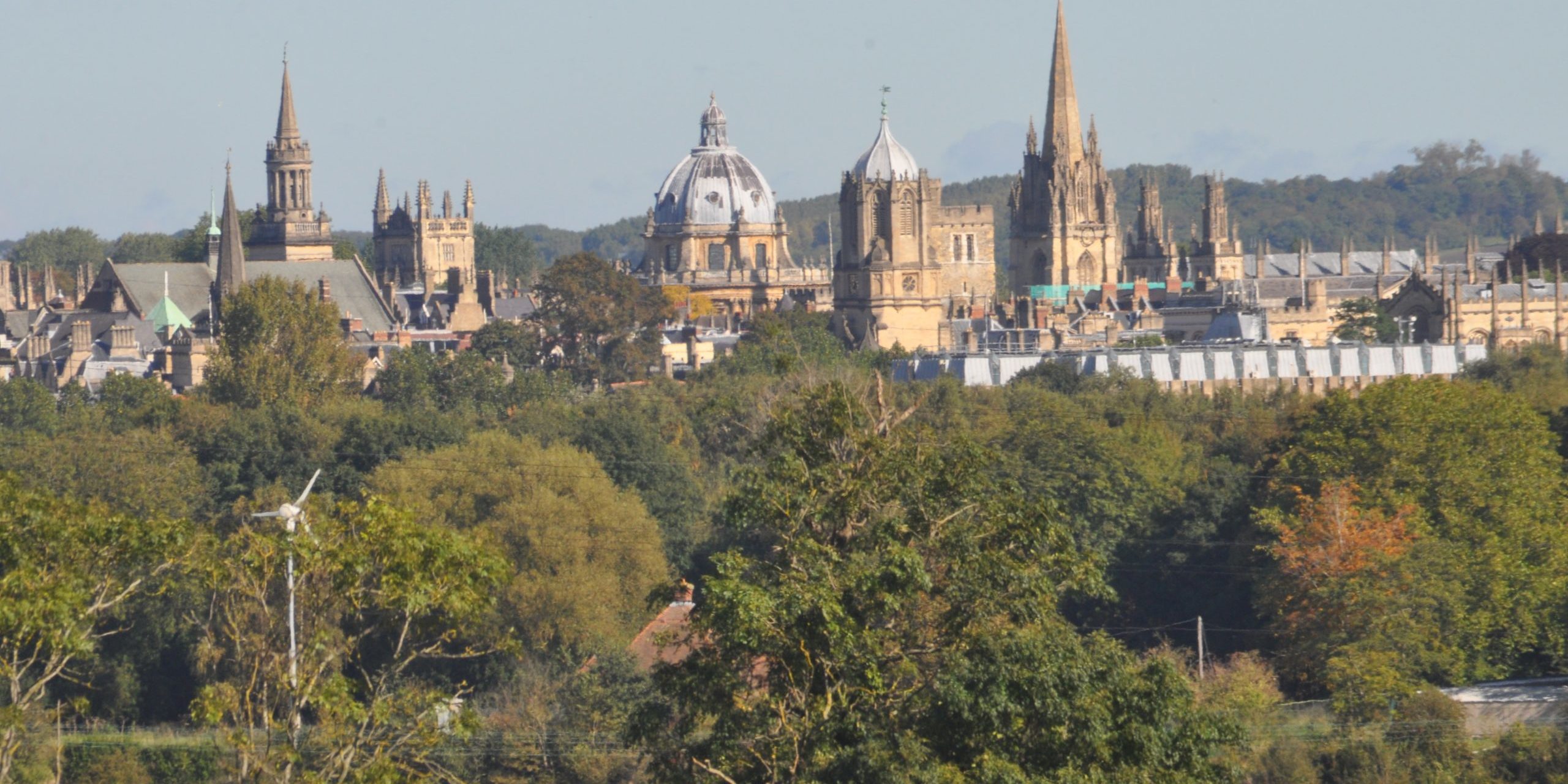State of the Green Belt 2023

29th August 2023
Solution to climate change
CPRE’s new report argues that the Green Belt, which protects 12.6% of England’s land area from development, should become greener, wetter and more biodiverse. The Green Belt is being overlooked as a pivotal solution to climate change, the decline of nature and food security vulnerabilities.
‘State of the Green Belt 2023: A Vision for the 21st Century’ recommends:
- Doubling the amount of Green Belt farmland covered by Environmental Land Management schemes, from the current 28% to over half;
- Creating 350,000 hectares overall of new woodland and wetland close to urban areas, in-line with recommendations from the Natural Capital Committee;
- A Land Use Framework integrating planning, farming and forestry policies and programmes to protect and enhance the countryside close to where people live, particularly in and around our largest towns and cities.
Wrong homes in the wrong places
An acute need for more affordable and social housing means rural communities living within the Green Belt should be able to develop small rural exception sites on the edge of villages – even when it is on greenfield land – to accommodate local needs, the report recommends.
But it finds the wrong homes are being built in the wrong places for the wrong people. A sample of thirteen large schemes recently completed or currently being built on former Green Belt land found that only five percent of the housing built was social housing. Also, consistently less affordable housing overall was provided than was called for by local planning policy.
An analysis of the development of land either within the Green Belt, or removed through boundary changes since 2009 so that it could be developed, found that overall Green Belt policy continues to be effective, but also that significant amounts of development are taking place:
- Just under 208,000 houses in the local planning pipeline awaiting construction;
- An average of 220 planning applications for large developments of more than ten houses submitted, and at least 9,000 houses built, each year since 2009;
- Only 12.5% of houses were delivered at affordable or social rents;
- Brownfield land was marginally more likely to be developed than greenfield land – but in the last two years that trend has flipped, with the majority of land developed now greenfield.
Improve access
The report highlights the need to improve transport links, recreation and tourism in the Green Belt. Its founding promise – access to green space, nature and cultural heritage for people in our largest towns and cities – needs fulfilling now more than ever.
Read our report: State of the Green Belt 2023
Read more about the Oxford Green Belt and view our interactive map
